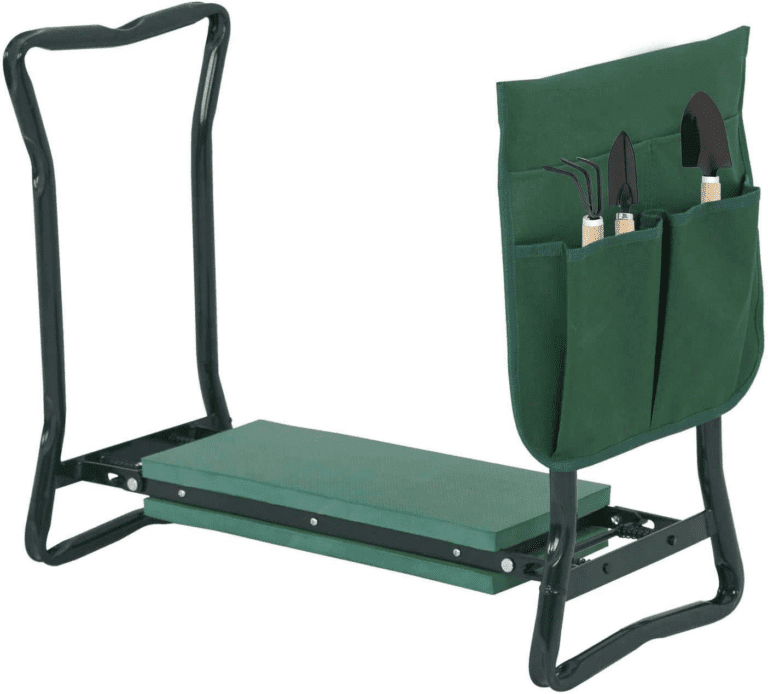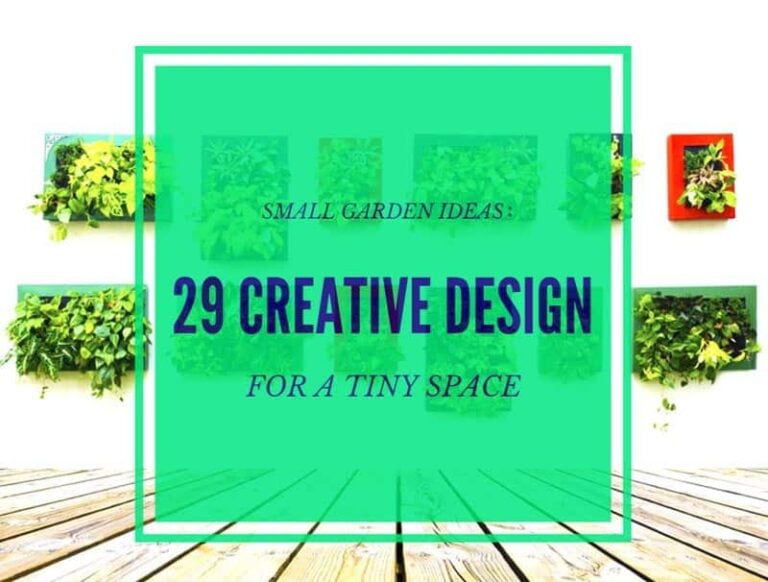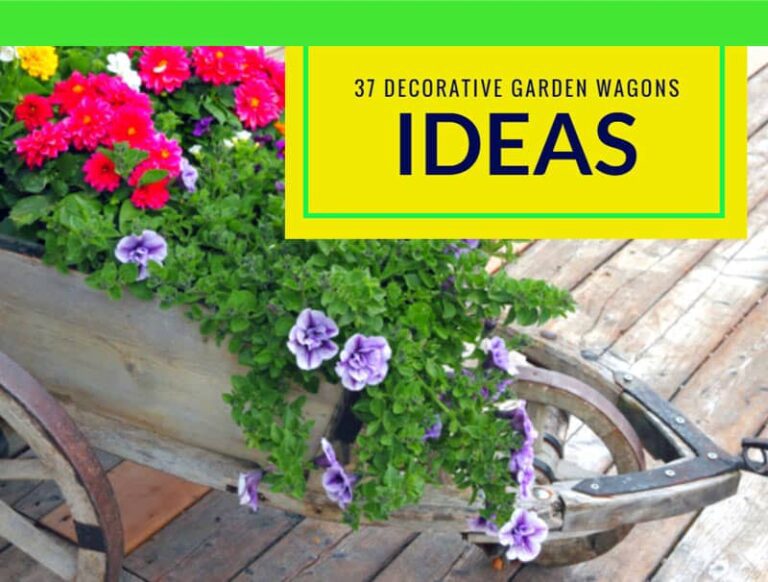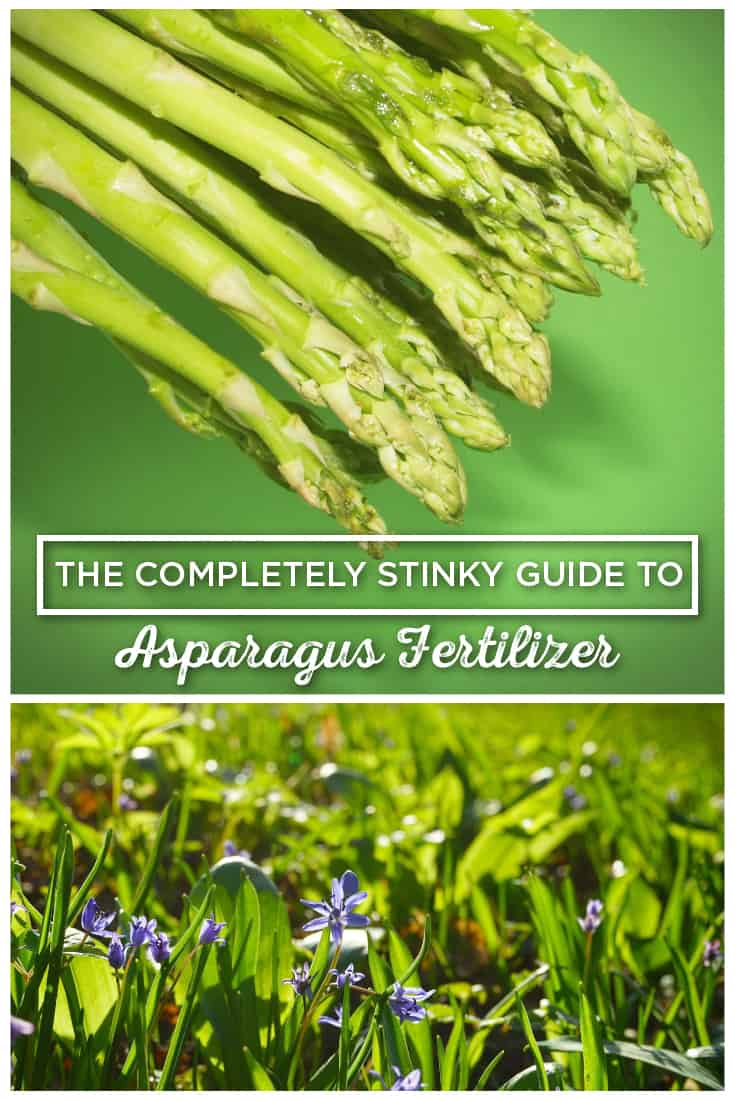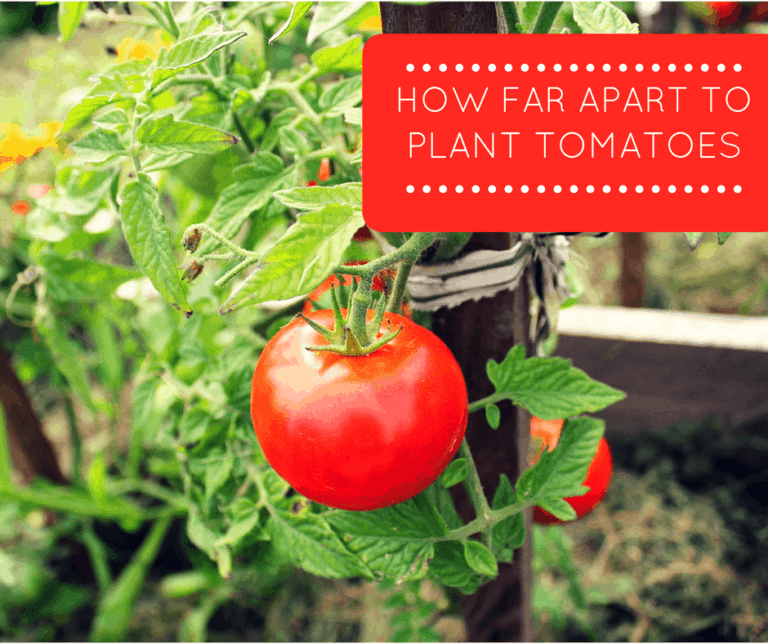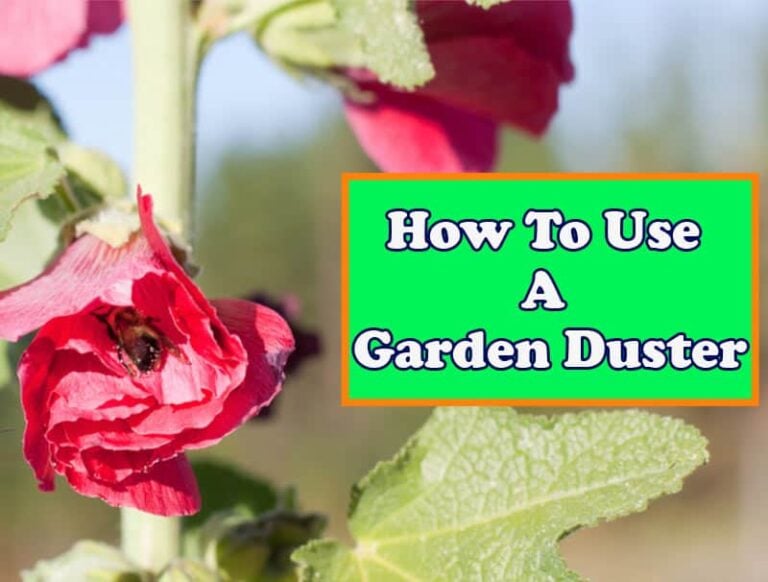Shield Plants from the Sun With a Shade Container Garden
While some plants like full sun, other plants prefer a shady spot. Make use of any shaded areas in your garden by planting shade-loving plants in containers. You can grow a variety of perennial or annual ornamental plants in the shade as well as a variety of herbs or leafy vegetables. Pick plants based on the type of shade you get. Vegetables and herbs prefer partially shaded areas while some ornamental plants need full shade. Growing in containers allows you to better control the moisture levels the plants get and to move the plants as needed.
Container Gardening 101
Growing in containers has a number of benefits, from allowing you to garden when you don’t have any in-ground space to allowing you to garden even if the soil in your yard is less than ideal. You can also use containers to grow plants in areas that are usually inaccessible to gardeners, such as in a spot under a tree or on a fire escape.
Whether you’re planting in full sun or growing a shade garden, container gardening has a few basic rules. Rule one is that the container should always have some sort of drainage hole. Aside from aquatic plants, there are very few plants that thrive when their roots are soggy. A drainage hole in the pot will allow excess water to flow away freely.
The container also be the right size for the plant. A pot that’s too big can lead to rot root, as excess water builds up in the soil. A plant also won’t thrive in a pot that’s too small. Usually, herbs need a pot that’s between 6 and 12 inches in diameter, and shade plants and vegetables typically need a pot around 12 inches in diameter.
Remember not to use regular garden soil in a container. Instead, use a specially made container mix. Container soil mixes are designed to drain well, so that plants don’t drown. They also usually contain enough fertilizer to keep plants fed for several months. According to the National Gardening Association, it’s best to wet the container soil before you start planting.
Choosing Plants for Your Shade Garden
Although it’s common to hear the phrases “plant in full sun” or “make sure the plant gets at least six hours of sunlight daily,” when gardening, some plants actually prefer to grow in shady conditions.
If you’ve got lots of shade, the best thing to do is to grow plants that will survive or even thrive in it. Trying to grow a plant that needs full sun in a partly shaded or fully shaded area is a recipe for disaster. The plant won’t thrive, no matter how much care and attention you give it.
Choosing Edible Plants
You can grow vegetables and herbs in a shade container garden. The key thing is to choose varieties that are grown for their leaves, stems or roots, according to Harvest to Table. If you try to grow peppers or tomatoes in a shaded container, you won’t get much of a harvest, as the plants need full sun to set flowers and produce fruit.
Salad greens are a great example of vegetables that will do well in a shade container garden. One benefit of growing lettuce and other salad greens in a shady spot is that you may be able to extend their growing season.
Usually, greens bolt, or produce a flower stalk and seeds, when the weather gets hot. If you grow them in a shaded area, the temperature will be slightly cooler than in full sun and you might get a few more days or weeks out of your salad container.
The video above from Dave Epstein at Growing Wisdom provides a quick tutorial on planting lettuce and other greens in a pot. In the video, he talks about choosing a container size and walks you through the process of planting from seeds.
A few other vegetables that can be grown in a shade container garden include:
- Cabbage
- Radishes
- Carrots
- Kale
- Spinach
Some herbs can thrive in a shaded spot as well. According to the University of Minnesota Extension, members of the mint family do particularly well in shady areas.
Choosing Ornamental Plants
You can also grow a few decorative plants in a shady area. When choosing plants to put in your shade container garden, it helps to think of the plant’s natural habitat. Plants that normally grow in the woods, such as ferns and wild ginger, where it’s naturally very shady, often make great choices for a shaded container.
The video from Oh My Bloom! Gives you a good idea of what types of plants will do well in a shade container. The video also walks you through the process of arranging a number of shade plants in the same pot, to create a visually stunning grouping.
Tips for Growing in the Shade
One thing that will help you successfully create a container garden in the shade is understanding the type of shade you have to deal with. There’s a big difference between a partially shaded area in the garden and fully or deeply shaded area.
A deeply shaded area gets almost no direct sunlight. Although woodland plants might grow in deep shade with little problems, it’s not the best location for vegetables or herbs.
A partially shaded area gets some sun, usually less than six hours of direct light daily. Interestingly enough, some plants that require shade won’t do well in a partially shaded area, as they need less sun. A partially shaded spot is usually ideal for growing shade tolerant vegetables and herbs in a container.
You’ll want to pay close attention to the moisture levels in the containers when you grow in the shade. Although container grown plants aren’t competing with trees or other plants for water in the soil, the tree canopy or any overhangs that block the sunlight can also keep an adequate amount of rain from falling onto the container bound plants.
Photo by SerenityDesigns licensed under CC0

